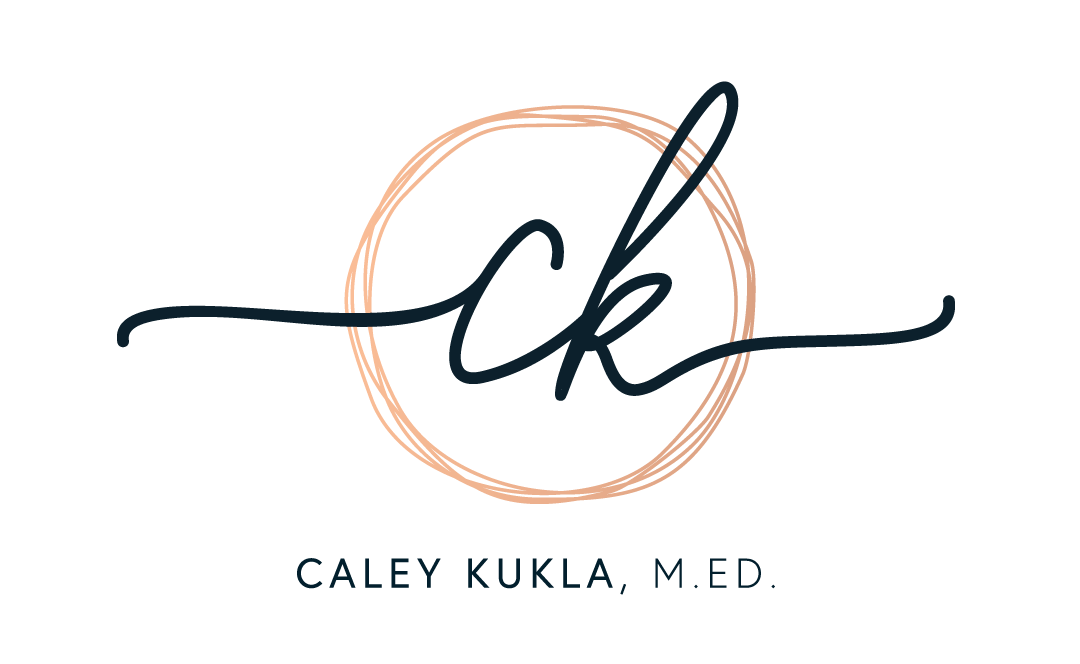Calm Down
Do you remember the last time you lost your cool? Maybe you had a hard day. Maybe you felt overwhelmed and afraid. Maybe you were just exhausted and couldn’t deal with one more setback or obstacle. When you started venting to a friend or partner, what would have happened if they said “Just calm down. It’s no big deal”?
Whenever I use this analogy in my workshops, almost all the parents chuckle. It’s probably happened before, and they know the answer all too well. As infuriating as the phrase “calm down” is to adults, we use it all the time with children. We minimize their crisis and then tell them to calm down.
“It’s just a toy! Stop crying! Calm down!”
“I don’t understand why you’re upset. I told you that was going to happen! Calm down!”
“You need to get over it!”
As adults, we can forgot that we have decades more of experience and brain development that helps us gain perspective and regulate our emotions. Our children do not. Drinking from the Paw Patrol cup IS a BIG deal. Not getting an extra ride on the swing IS a crisis in their world. We know from trauma research that two people can experience the same event - one person perceives it as a trauma, the other does not. Just because our perceptions are different does not invalidate our emotions.
So if “calm down” is minimizing, infuriating and ineffective to use for all people, what should we say instead? We should choose phrases that validate emotions, convey empathy, and build connection.
These phrases can be used when your child is “on the edge” of a meltdown or when they’re coming out of a meltdown. If your child is actively melting down, it’s best to stay quiet, let them work through the emotion, and be ready to reconnect when they’re done.
So here’s the list of 10 (actually 13 + bonus strategy):
“I’m listening.”
“I hear you.”
“I hear you and want to help.”
“I can help you.”
“I see you.”
“I noticed you’re having a hard time.”
“You wanted a turn now and had to wait.”
“You can do it!”
“That is really hard.”
“You are having a hard time and I want to help.”
“I’m right here.”
“You are safe.”
“You tried. We can try together.”
Depending on the situation, validate your child’s frustration. Just like we want an empathetic ear and validation when we’re frustrated and overwhelmed, so do our children.
Use a “You” statement:
“You really don’t like getting in the car.”
“You want a turn with the car and your brother said no.”
“You can’t reach your toy and you really want it.”
This helps strengthen your connection with your child, validates your child’s emotions, calms their fight or flight response, AND models the appropriate way to communicate our feelings. We must model the behavior we want our children to use.
